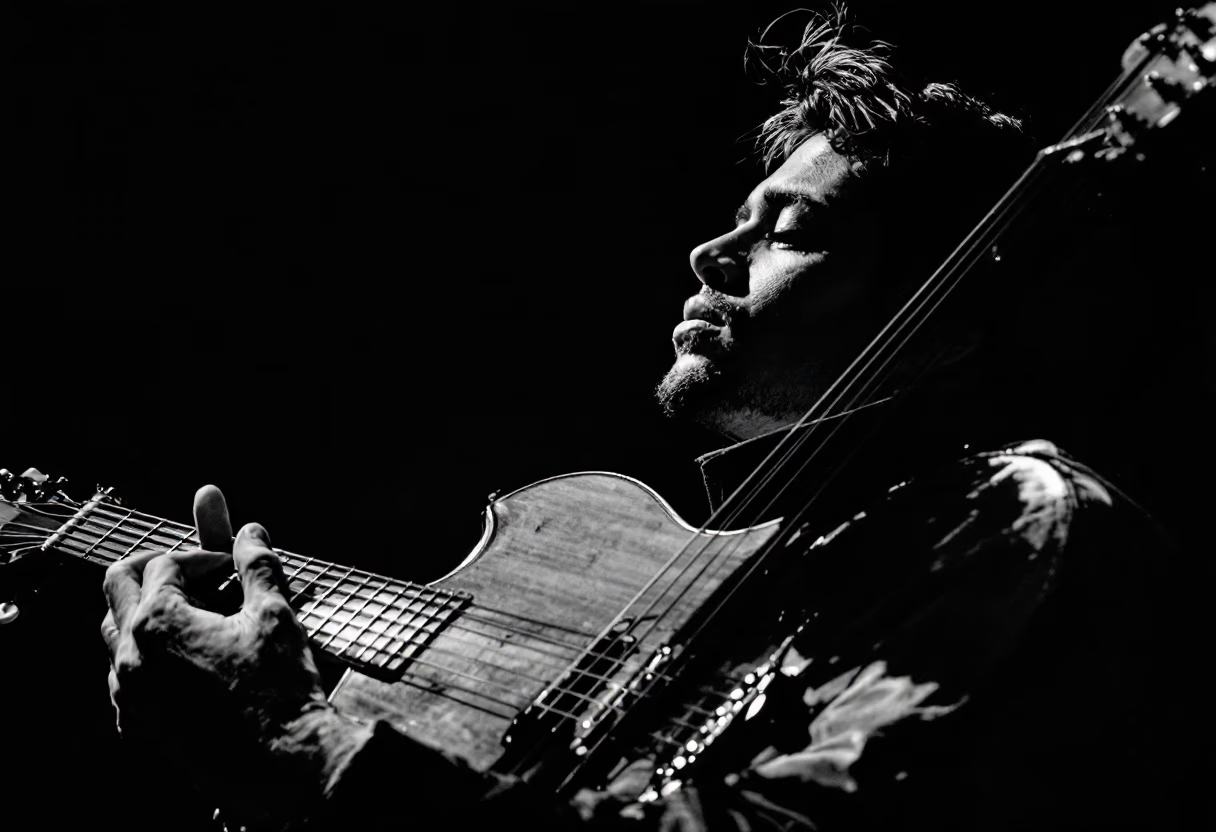Beethoven’s Life: The OG Classical Rockstar
Ludwig van Beethoven (1770–1827) was the dude when it came to Western music. Imagine a guy standing between the Classical and Romantic periods like some epic musical bridge—he was that guy. Even though life hit him hard with progressive deafness (the ultimate "Are you kidding me?" moment for a composer), Beethoven just went, "Hold my beer." By 1813, when he whipped up Wellington's Victory, he couldn’t hear much, but his creative juices were flowing like a Beethoven symphony. This was during the Napoleonic drama-fest, and Beethoven decided to channel his inner action movie director—Napoleonic edition.

The Backstory: Beethoven Meets the Boom-Boom Machine
So, here’s the tea: Wellington's Victory was written to celebrate the Duke of Wellington smacking Joseph Bonaparte at the Battle of Vitoria. Johann Nepomuk Maelzel—basically the Steve Jobs of the early 1800s—came up with a gadget to imitate battle sounds. He was like, “Hey Ludwig, wanna make this epic?” Beethoven said, “Hold my quill,” and turned it into a full-on orchestral banger. When it premiered in Vienna, people lost their minds—it was like Beethoven dropped the hottest single of 1813.
The War Drama: Napoleonic Netflix
The Battle of Vitoria was part of the Peninsular War (1808–1814), AKA the Napoleonic mess that just wouldn’t end. Picture the French strutting around Spain like they owned the place, only for the Allies to go, “Not on our watch!” Beethoven’s music jumped on this patriotism train, waving a metaphorical British flag and playing dramatic sound effects that screamed, “Take that, Napoleon!”
Musical Boom-Booms and Bang-Bangs
This piece isn’t subtle. It’s Beethoven basically yelling, “War, but make it music!” The opening is a showdown between Team Britain and Team France. Team Britain gets a heroic melody (complete with musical chest-puffing), while Team France gets broody, “Uh-oh, we’re losing” vibes. Then, BAM—Rule Britannia! makes an appearance because nothing says “We’re awesome” like a musical victory lap. Beethoven didn’t hold back on the drama. Cannons? Check. Gunfire? Check. Marching troops? Check. It’s like the 1813 version of a Hollywood blockbuster, but with violins and trumpets instead of CGI explosions.
Music Critics Be Like...
Look, Wellington's Victory isn’t Beethoven’s Symphony No. 9. Critics today love to call it "low-brow Beethoven," as if the man didn’t already give us Fur Elise. Sure, it’s a bit extra, but that’s what makes it fun! The percussion and brass are out here doing the most, while the woodwinds and strings are like, “Let’s add some feels to this chaos.” Beethoven basically invented the concept of cinematic music before movies even existed.
The Public Loved It
People ate this stuff up back in the day. It hit all the right patriotic notes—literally—and gave audiences a chance to celebrate Napoleon taking a massive L. Beethoven was the hero of the hour, getting invited to perform this work over and over. Sure, modern critics might roll their eyes, but Beethoven didn’t compose Wellington's Victory to impress the highbrow crowd. He wrote it for the vibes, the applause, and, let’s not kid ourselves, a nice paycheck on the side.
Wellington's Victory is Beethoven flexing his skills at turning real-world chaos into orchestral fireworks. It’s like if Beethoven scored a battle scene for an 1800s action flick, complete with epic explosions and a victorious soundtrack. Sure, it’s not his deepest work, but who cares? Sometimes you just need cannons, patriotism, and a lot of loud noises to get the crowd going. Beethoven knew that—and he delivered like the musical MVP he was.